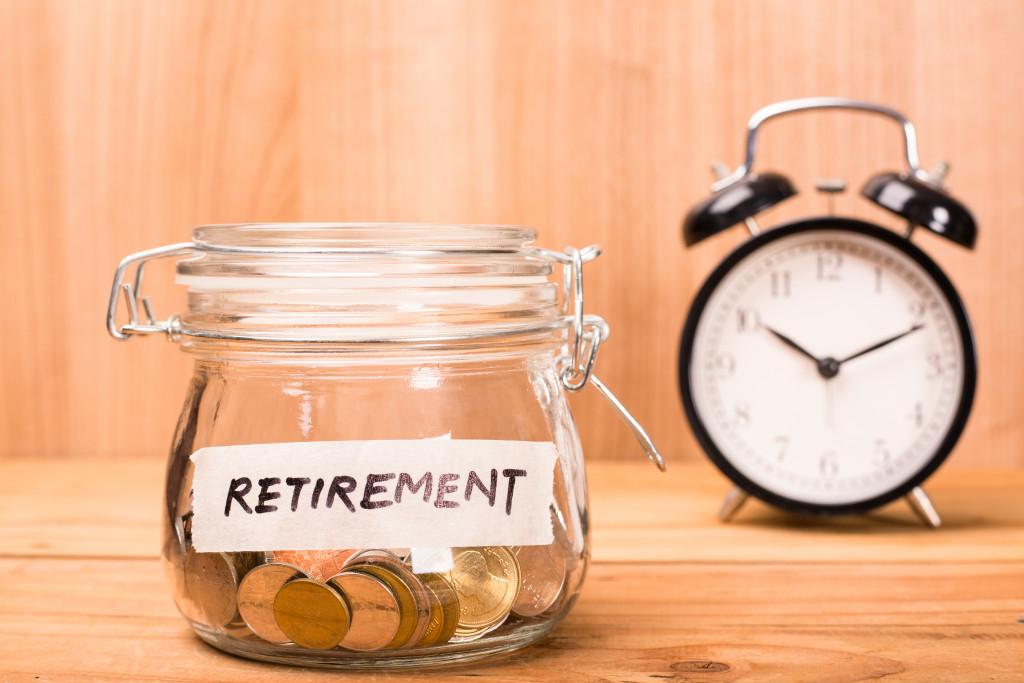Retiring in your 30s is a growing movement among the generation today. More people want to reap the fruits of their labor earlier instead of working for it for many years. Of course, this can be an impossible venture for many, but people who have lived by the right principles have actually done it, regardless of their income rate.
But first, it’s important to clear up the misconception of retiring early. In this article, we’re talking about the concept of being able to do the things you love when you reach 30, without significant drawbacks. It means that you can leave the workforce and make money on your terms, which technically should be the real meaning for retiring. So now that’s clear, let’s talk about savings.
Savings
Your savings will be your first step into financial independence. Unfortunately, your savings account has a fixed interest rate depending on your bank. With this in mind, you’ll have to look for a good bank to manage your savings account. It’s essential to research this because you want a good mix between a high interest rate and a good funds manager.
Once you’ve reached a specific limit into your savings, you can then transition to a high-yield savings account, which has a higher interest rate but requires you to make very few withdrawals for it to grow. But how much of your money should you exactly put into your savings?
Frugality
The amount of money you put in your savings is not up to you because if you want to retire by your 30s, you’re going to have to live with the principle of frugality. This principle entails that more than 59% of your annual income should go into your savings. That’s a huge chunk!
Most people who practice this principle do end up living in their parent’s basement or some cheap apartment, but it works. However, there’s a way to increase your savings with minimal risk drastically, and that is through compound interest gained from various investments. One of these investments should go into index funds.
Index Funds and Investments
Historically, index funds have been a safe investment option for those who want to gain a decent ROI in the future. With an average annual return rate of about 10% to11%, that’s a huge ROI for something you don’t even have to check once a month!
So say that you’re earning the median annual wage of about $34,000 a year. You save 59% of that ($23,000) following the principle of frugality and put that to your savings account, and let’s say that majority of that (40%) goes into your investment into index funds. So you can get $1,012 out of your investments annually and into your retirement fund!
By doing those two principles alone, you’re already making more passive income when compared to average Americans out there. If you increase the percentage of savings and investments you make, you can even get more money out of these two principles. But the next principle is what gets most people, which is the 4% rule of withdrawal.
The 4% Rule of Withdrawal

The 4% rule of withdrawal entails that you can withdraw 4% of whatever savings you have by 30 and the subsequent years after that (accounting for inflation) to live comfortably for the next 30 years.
Your savings are affected by many things, but most likely than not, you’re going to be growing your career and earn more than what the average American is earning this year. So when you’ve reached 30, your savings and investments have grown substantially if you’ve followed the principles above.
It’s estimated that people who have followed these principles have between $500,000 to $800,000 in savings when they’ve reached 30, with a house to boot. Withdrawing 4% of that (between $20,000 and $32,000) should be enough to make you live comfortably in the coming 30 years. Additionally, just like we’ve mentioned earlier, retirement doesn’t mean that you stop earning money. You’ll just be doing it on your own terms.
You can start chasing your dreams of becoming a writer or maybe a content producer once you’ve made this amount of savings when you’ve reached 30. Moreover, you can totally choose to stop working for the next 30 years or so before you totally run out of money. You’ve technically reached financial independence by then, given that you follow the 4% rule of withdrawal.
The Bottom Line
If you’re planning to retire by 30, you’re going to have to sacrifice a lot right now. You’re going to need to forget about the luxuries of life for an average of 10 to 12 years if you want to become financially independent. But that sacrifice means that you’ll be able to be free to do whatever you want when you’re 30. So if that’s something that allures you, then live with the principles and strategies we’ve indicated above.

